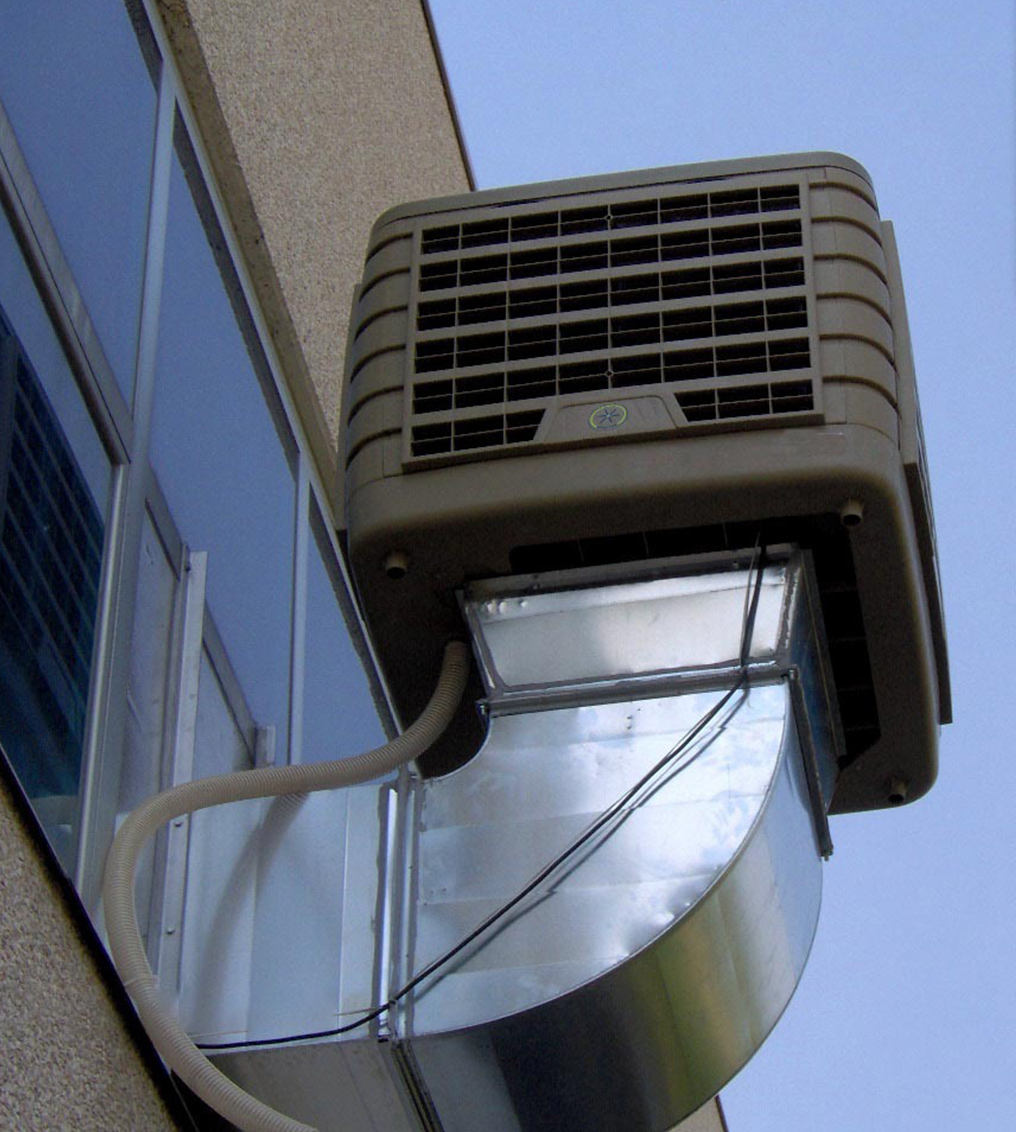How a Duct Air Cooler Works: Everything You Need to Know
When the weather heats up, staying cool becomes a top priority. For both residential and commercial buildings, an efficient way...

When the weather heats up, staying cool becomes a top priority. For both residential and commercial buildings, an efficient way to beat the heat is by using a duct air cooler. Unlike traditional air conditioning systems, duct air coolers use a natural and energy-efficient cooling method, offering a cost-effective solution for maintaining comfort. If you’re curious about how these systems operate and whether they’re a suitable option for your space, this guide will provide a detailed overview of how duct air coolers work.
What is a Duct Air Cooler?
A duct air cooler, often referred to as an evaporative cooler or swamp cooler, is a cooling system that relies on the natural process of water evaporation to reduce temperatures in a given space. The cooler works by drawing warm air through a moistened filter or pads. As the air passes through the wet media, the water evaporates, and the temperature of the air drops significantly. The cooled air is then distributed throughout the building via ducts, similar to how a traditional HVAC system works, providing a consistent and refreshing breeze.
The Science Behind Duct Air Coolers
The fundamental principle behind duct air coolers is evaporation. When air moves through the moist cooling pads inside the unit, the heat from the air causes the water in the pads to evaporate. This evaporation process absorbs the heat, effectively lowering the temperature of the air before it’s circulated through the ductwork.
The key factors that affect the performance of a duct air cooler include the temperature and humidity levels in the environment. Evaporative coolers work best in hot, dry climates, where the air has a low moisture content. In such conditions, the air can absorb more water, making the cooling effect more significant. In areas with high humidity, however, the evaporative cooling process may be less effective.
Components of a Duct Air Cooler
A duct air cooler consists of several key components that work together to provide cooling:
- Cooling Pads: These are absorbent materials, typically made from aspen wood or synthetic materials, that retain water and facilitate the evaporation process. As the warm air passes through the pads, it absorbs moisture, cooling down in the process.
- Blower or Fan: The blower is responsible for drawing warm air from the outside into the cooler. Once the air passes through the cooling pads, the fan helps push the cooled air through the ducts and into the building.
- Water Pump: The water pump circulates water over the cooling pads, ensuring they remain moist for effective evaporation. This pump is usually located at the bottom of the cooler and works in tandem with the fan to maintain airflow.
- Ductwork: The duct system in a duct air cooler is essential for distributing the cooled air throughout the building. The air is channeled through ducts to reach different rooms or areas, providing a consistent flow of fresh, cool air.
- Water Reservoir: The water reservoir holds the water that is pumped over the cooling pads. The size of the reservoir determines how long the cooler can operate before it needs to be refilled.
How Duct Air Coolers Are Different from Traditional AC Systems
Unlike traditional air conditioning systems that rely on refrigerants and compressors to cool the air, duct air coolers are more environmentally friendly. They don’t use harmful chemicals and require less energy to operate. As a result, duct air coolers are a more sustainable choice for those looking to reduce their carbon footprint and utility bills.
In addition, duct air coolers are more affordable to maintain and operate compared to traditional air conditioners. While air conditioners require regular servicing, the maintenance of duct air coolers is relatively simple and low-cost. Furthermore, evaporative cooling is a natural process that doesn’t deplete energy resources, unlike conventional cooling systems that demand a significant amount of electricity.
Advantages of Duct Air Coolers
- Energy Efficiency: Duct air coolers consume far less energy than traditional air conditioning units. Since they rely on the natural process of evaporation, the energy required to run the system is significantly reduced.
- Cost-Effective: With lower energy consumption and minimal maintenance costs, duct air coolers are a more affordable solution for cooling large spaces.
- Environmentally Friendly: These coolers do not use refrigerants or other harmful chemicals, making them a greener alternative to air conditioning systems.
- Health Benefits: Duct air coolers help improve indoor air quality by introducing fresh air from the outside, unlike air conditioners that often recirculate indoor air, which can cause allergens and pollutants to build up.
- Low Maintenance: Regular cleaning of the cooling pads and occasional refilling of the water reservoir are generally the only maintenance requirements for a duct air cooler.
Conclusion
Duct air coolers are an excellent solution for those seeking a sustainable, cost-effective, and efficient way to keep their homes or businesses cool. By utilizing the natural process of evaporation, these systems offer a fresh alternative to traditional air conditioning, especially in dry climates. Whether you’re looking to cool a single room or an entire building, a duct air cooler provides an eco-friendly option with numerous benefits, making it a popular choice for modern cooling systems.



